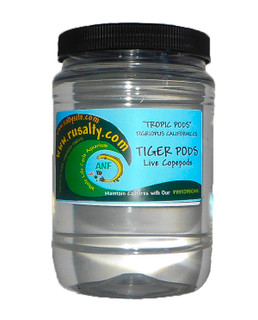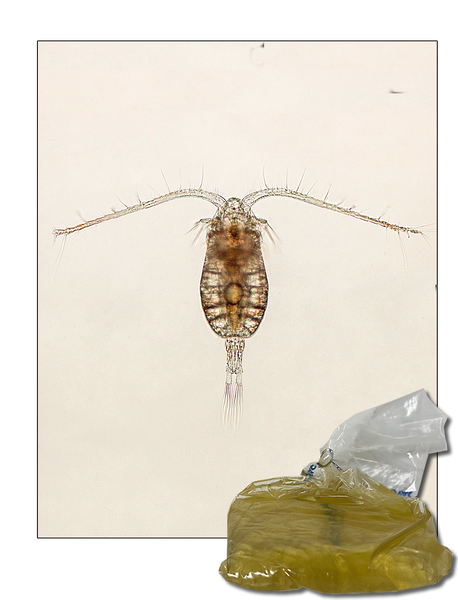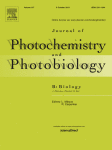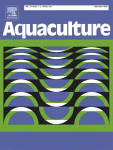Over the last couple nights I have been staying up late trying to catch the hatching. . . It took until about 1:30 this morning, but it finally happened. I had a very successful harvest, thanks mostly to me realizing my Reef Diaper was great at catching larvae.
Here are some pictures of the "nursery", the water in the larvae tank is a bit cloudy cause I just fed. . . the "tanks" on the right are my roti cultures:



Here are some pictures of the "nursery", the water in the larvae tank is a bit cloudy cause I just fed. . . the "tanks" on the right are my roti cultures:






















